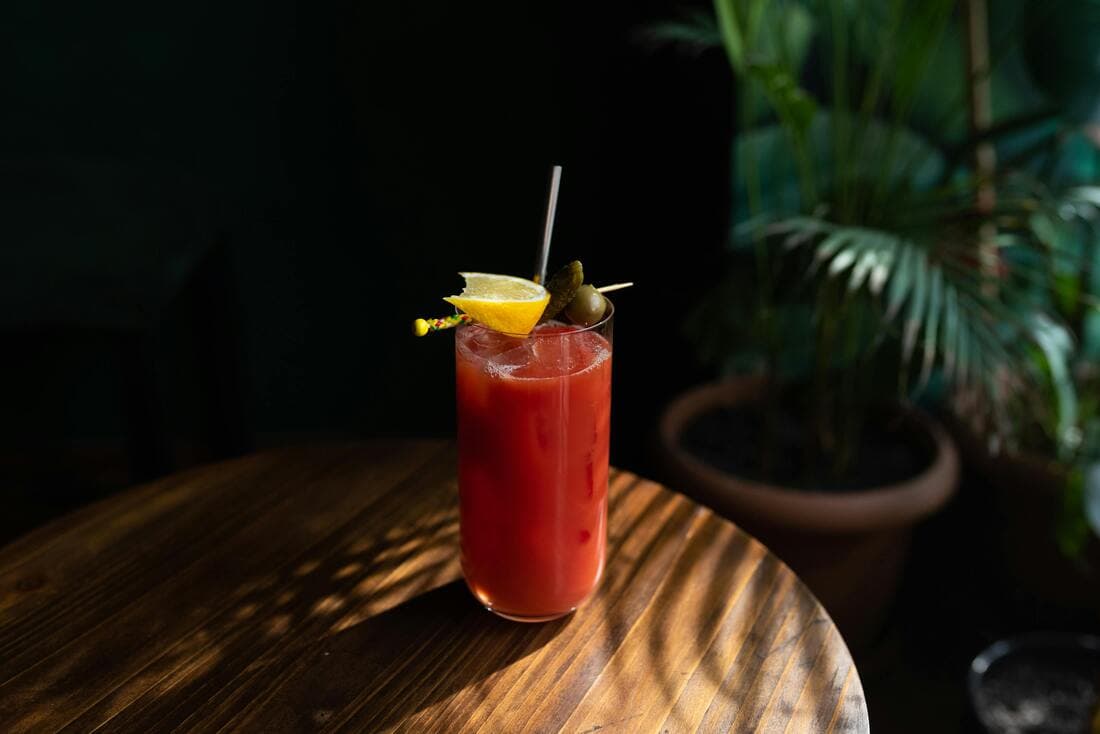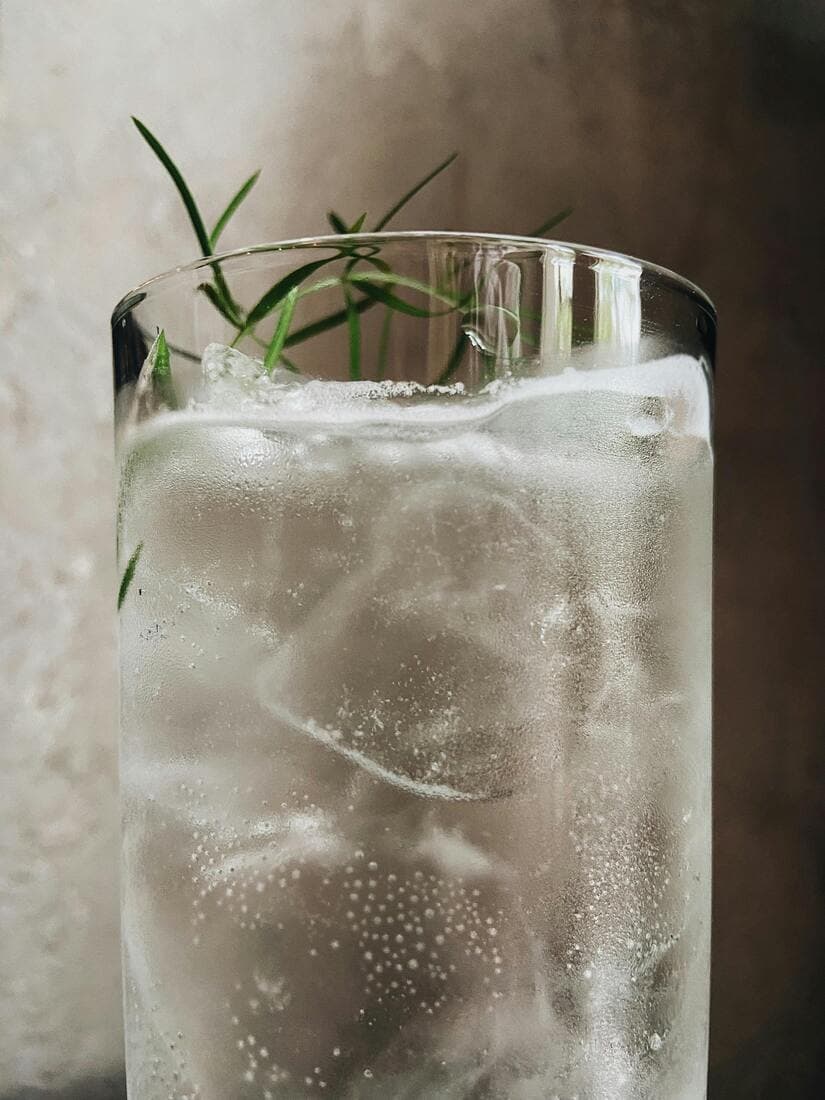Five Botanicals In Gin And Tonic: Deep Dive Into Their Role

Gin and tonic brings together one part gin for every two parts of tonic water in a cocktail recipe that has been a staple in bartenders’ rosters for years. The bubbles in the carbonated tonic water release botanical flavours of the gin which are complemented by the slightly sweet notes in the mixer in fashioning this simple yet elegant cocktail.
These botanical elements carry herbaceous notes which give the cocktail a savoury touch that goes well with the flavour profile of tonic water to create a well-balanced cocktail.
Undoubtedly different botanicals have a crucial role to play in influencing the flavours of a classic gin and tonic.
Infused with the taste of juniper berries, gin as a spirit itself is full of herbaceous notes which give the drink its crisp finish. When other herbs like rosemary or thyme or even citrus fruits like lemon are added to a gin and tonic cocktail in the form of a garnish, their flavours play into the overall botanical characteristic of the alcohol.
Botanicals can then actually be used to impart flavour into gin and tonic cocktail preparations, making their study essential for modern mixologists.
Read on below to know about the different botanicals that can be used in gin and tonic cocktails:

Spicy Botanicals
Oftentimes, gin is made with the addition of juniper berries as well as other spices like cinnamon, cardamom and pepper to craft an alcohol which contains slightly more pronounced savoury tones.
Such a gin can be used to craft a gin and tonic cocktail where the tonic water contains mildly quinine flavours that compliment the spicy notes in the alcohol.
A cinnamon sprig can be used as a garnish in this drink to bring forth the botanical touch that is highlighted in this mix.
Herby Botanicals
If one prefers a lighter and slightly crisper finish to their gin and tonic mixes, then herbal botanicals can be a suitable alternative. Generally, herbs like thyme, sage or rosemary are often added to gin and tonic cocktails to imbue them with herbaceous and sharp flavours.
Sometimes, an umami touch also seeps into such a drink especially when the gin used to craft the cocktail also contains a higher proportion of herbal elements.

Floral Botanicals
Along with herbs and spices, another kind of botanical variety whose flavour can be introduced into a conventional gin and tonic recipe is florals. This can mean adding lavender or elderflower into the cocktail recipe in order to build on those delicate, floral elements.
Tonic water containing lemony or gingery notes is suitable for mixing this drink because florals and citrus can make for a good combination leading to a well-balanced drink.
Fruity Botanicals
As with many cocktails, citrusy and fruity notes always manage to build a lot of flavour into the G&T blend. Similarly, using fruity botanicals like citrus peels or a lime wedge mean that the cocktail achieves an interesting contrast of flavours that come from the tangy notes of the fruit and the slightly quinine and bitter properties in the tonic water.
Such a cocktail can also be prepared using gin that has been imbued with notes of different fruits like blackberries, raspberries or apples to highlight these fruity flavours even more.

Botanical Garnishes
One of the ways in which the flavours of the botanicals really come through in a gin and tonic recipe is in the form of garnishes. Different herby, sweet, citrusy and even umami components can be used as adornments in a gin and tonic cocktail to make the flavour of the botanicals more pronounced.
Adding a cucumber slice, a lemon wedge, a citrus peel, a rosemary or thyme sprig and even using cinnamon as a garnish are some of the ways to imagine the role of botanicals in the making of a conventional gin and tonic.
Do remember: like everything, alcohol is best consumed in moderation. Enjoy responsibly!
